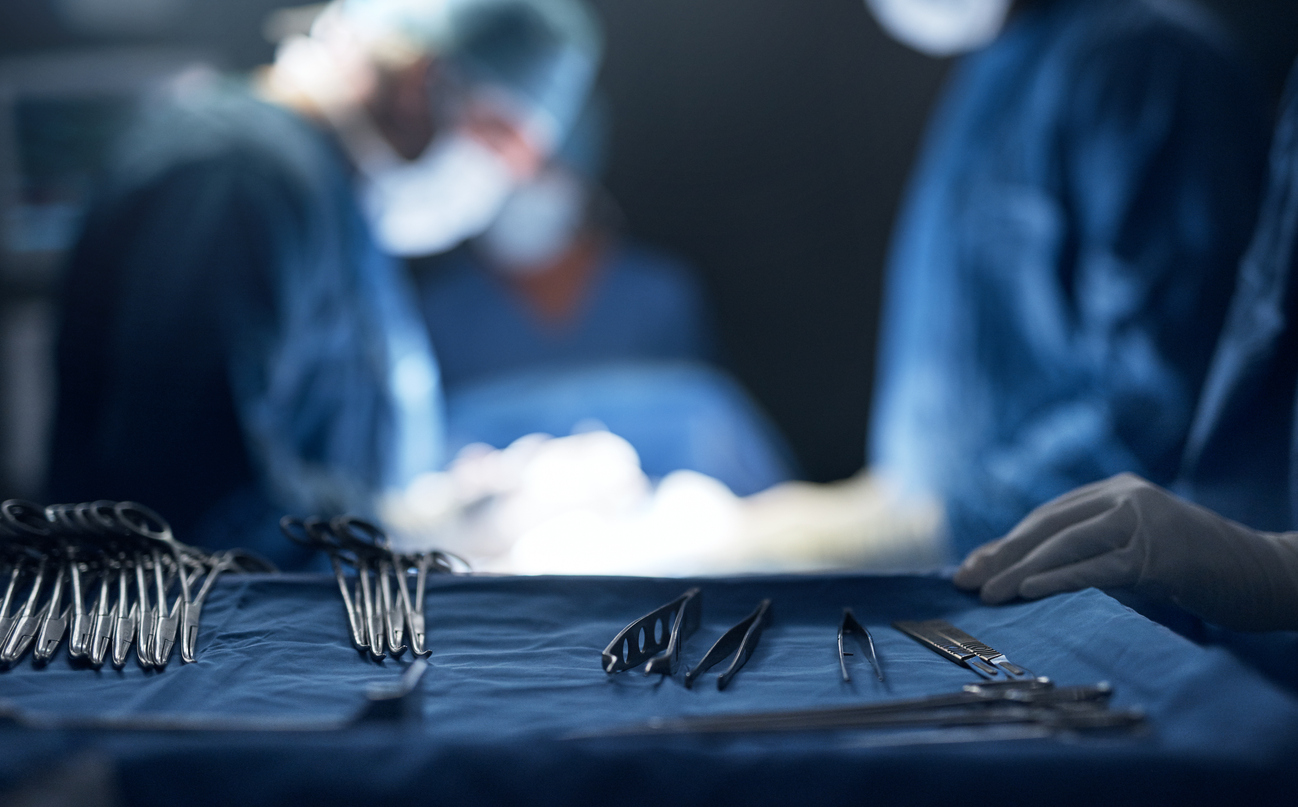Surgery

Laparoscopy
Laparoscopy is an outpatient surgical procedure your doctor uses to look at your uterus, ovaries, and fallopian tubes. If any problems are diagnosed, your doctor can often correct them during this procedure. It can help diagnose fibroids, scar tissue or adhesions, endometriosis, and blocked fallopian tubes– all of which can cause infertility. This surgery is preformed under general anesthesia, so it is done in the surgery center. Once you are under anesthesia, your doctor will insert a needle and inject a harmless gas into your abdomen. The gas raises the abdominal wall so that the doctor will be able to see your reproductive organs more clearly. The needle is removed and the laparoscope is inserted through a tiny incision. Another small incision is made in your lower abdomen so that you doctor can insert a probe. The probe is used to move or lift the organs to see hidden area.
Hysteroscopy
During diagnostic hysteroscopy, the doctor looks inside your uterus for anything abnormal. Fibroids, polyps, and adhesions are common problems that may be seen during hysteroscopy. Uterine cancer and hyperplasia (an overgrowth of the uterine lining) are not common but may be found with hysteroscopy if either is present. During the procedure, a small sample or biopsy of the uterine lining may be taken for later laboratory evaluation. If you have a “lost” intrauterine device (IUD), it can be found and removed.
Fibroids
Uterine fibroids develop from the smooth muscle cells of the uterus and can grow inside or outside of your uterus. Fibroids can interfere with pregnancy in many ways. The ones that grow on the inside wall of your uterus can cause changes in the endometrial tissue, making it difficult for a fertilized egg to attach to the uterine wall. Fibroids that develop outside the uterus can interfere with pregnancy by compressing or blocking the fallopian tubes,thereby preventing the sperm from reaching the egg. Fibroids can be diagnosed by ultrasound, and HSG, a hysteroscopy or a laparoscopy.
Septum
Adhesions or septum are bands of scar tissue that bind parts of the uterine wall together. A septum is a wall of tissue that may divide the uterus into two sections. These problems can cause infertility or recurrent miscarriages.
Polyps
Polyps are single or multiple “fingers” of soft uterine tissue that dangle from the uterine wall. They can cause abnormal bleeding.
Adhesions
Pelvic adhesive disease is a condition in which scar tissue binds adjacent organs to each other. All the organs in your abdominal cavity are covered with a smooth, slippery tissue. The surface of the is tissue is lubricated allowing adjacent organs to glide easily against each other. However, when the surface becomes damaged or inflamed, scar tissue forms. Scar tissue that develops between two organs will cause the surfaces of the organs to stick or adhere to each other. The bands of scar tissue are called adhesions. If they form inside or around the ends of the fallopian tubes, they may block an egg and sperm from meeting. If the tubes are partially blocked by adhesions, sperm may meet the egg, but the fertilized embryo may be trapped, resulting in an ectopic pregnancy.
Tubal Reversal
Tubal reanastomosis or tubal reversal, a surgical method used to reverse tubal ligation (an operation to prevent pregnancy by the surgical tying, or burning of the fallopian tubes to prevent passage of eggs from the ovaries to the womb) may be an option for women, who for various reasons, wish to reestablish their fertility. You are a candidate if there are no medical contraindications to pregnancy, you have adequate tubal segments and your partner's sperm analysis is normal. Keep in mind that older women have a greatly reduced chance for success.
The success of this operation depends on many factors:
- The length and health of the remaining fallopian tube segments to be rejoined,
- Skill of the microsurgeon (a surgeon experienced with microsurgery)
- The woman's age at the time of reversal surgery
- Method of tubal sterilization
- Scar tissue in the pelvis
- The sperm test results of the partner and other infertility factors.
Re-opening of the tubes provides a high chance (but not a guarantee) for pregnancy if the woman's tubes are healthy and there are no other infertility factors.
